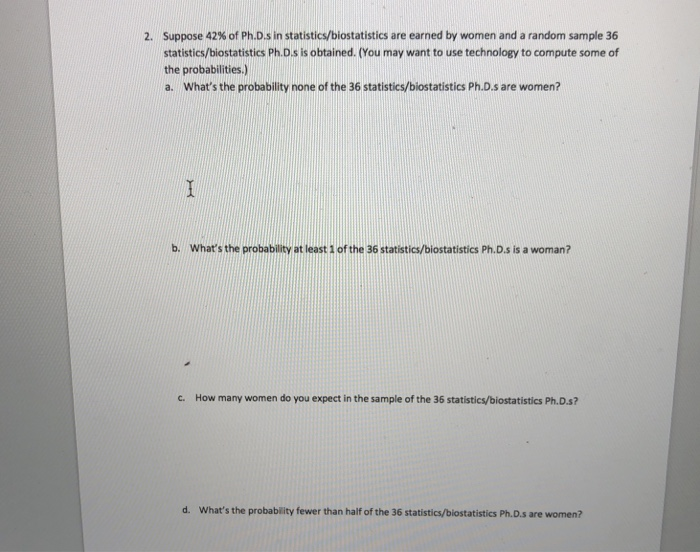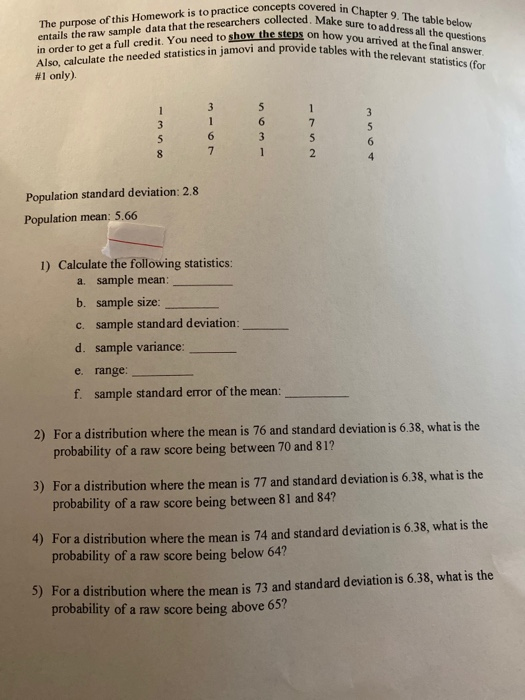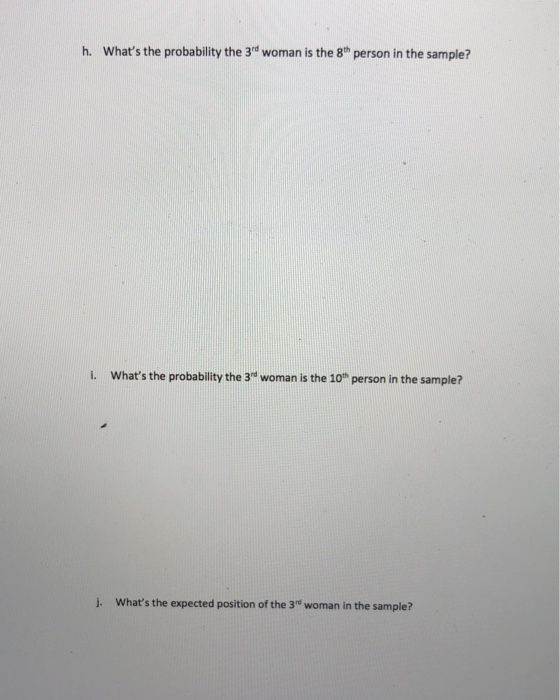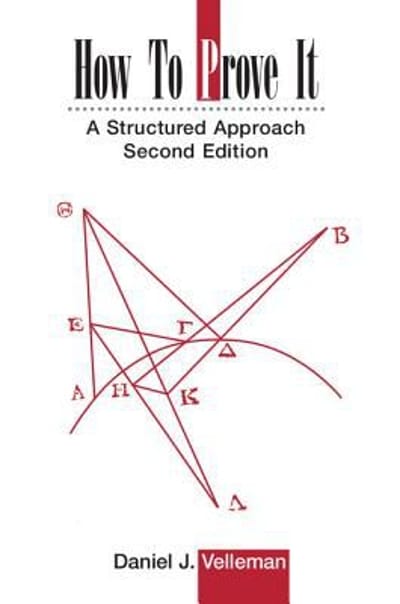Question
Solve the following Q.1 The eye of a centrifugal compressor has a hub-tip radius ratio of 0.4, a maximum relative flow Mach number of 0.9,
Solve the following
Q.1 The eye of a centrifugal compressor has a hub-tip radius ratio of 0.4, a maximum relative flow
Mach number of 0.9, and an absolute flow that is uniform and completely axial. Determine the
optimum speed of rotation for the condition of maximum mass flow given that the mass flow rate
is 4.536 kg/s. Also, determine the outside diameter of the eye and the ratio of axial velocity-
blade speed at the eye tip. Figure 7.11 may be used to assist the calculations.
5. An experimental centrifugal compressor is fitted with free-vortex guide vanes to reduce the relative air speed at inlet to the impeller. At the outer radius of the eye, air leaving the guide vanes
has a velocity of 91.5 m/s at 20 to the axial direction. Determine the inlet relative Mach number,
assuming frictionless flow through the guide vanes, and the impeller total-to-total efficiency.
Other details of the compressor and its operating conditions are
Impeller entry tip diameter, 0.457 m;
Impeller exit tip diameter, 0.762 m;
Slip factor, 0.9 Radial blades at impeller exit;
Radial component of velocity at impeller exit, 53.4 m/s;
Rotational speed of impeller, 11,000 rev/min;
Static pressure at impeller exit, 223 kPa (abs).
6. A centrifugal compressor has an impeller with 21 vanes, which are radial at exit, a vaneless diffuser, and no inlet guide vanes. At inlet the stagnation pressure is 100 kPa (abs) and the stagnation temperature is 300 K.
(i) Given that the mass flow rate is 2.3 kg/s, the impeller tip speed is 500 m/s and the mechanical
efficiency is 96%, determine the driving power on the shaft. Use eqn. (7.34b) for the slip factor.
(ii) Determine the total and static pressures at diffuser exit when the velocity at that position is
100 m/s. The total-to-total efficiency is 82%.
(iii) The reaction, which may be defined as for an axial flow compressor by eqn. (5.19), is 0.5,
the absolute flow speed at impeller entry is 150 m/s, and the diffuser efficiency is 84%.
Determine the total and static pressures, absolute Mach number, and radial component
of velocity at the impeller exit.
(iv) Determine the total-to-total efficiency for the impeller.
(v) Estimate the inlet-outlet radius ratio for the diffuser assuming the conservation of angular
momentum.
(vi) Find a suitable rotational speed for the impeller given an impeller tip width of 6 mm.
7. A centrifugal pump is used to raise water against a static head of 18.0 m. The suction and
delivery pipes, both 0.15 m diameter, have, respectively, friction head losses amounting to 2.25
and 7.5 times the dynamic head. The impeller, which rotates at 1450 rev/min, is 0.25 m diameter
with eight vanes, radius ratio 0.45, inclined backwards at ?
0
2 60. The axial width of the impeller
is designed so as to give constant radial velocity at all radii and is 20 mm at impeller exit. Assuming
a hydraulic efficiency of 0.82 and an overall efficiency of 0.72, determine
(i) the volume flow rate;
(ii) the slip factor using Busemann's method;
(iii) the impeller vane inlet angle required for zero incidence angle;
(iv) the power required to drive the pump.




Step by Step Solution
There are 3 Steps involved in it
Step: 1

Get Instant Access to Expert-Tailored Solutions
See step-by-step solutions with expert insights and AI powered tools for academic success
Step: 2

Step: 3

Ace Your Homework with AI
Get the answers you need in no time with our AI-driven, step-by-step assistance
Get Started


